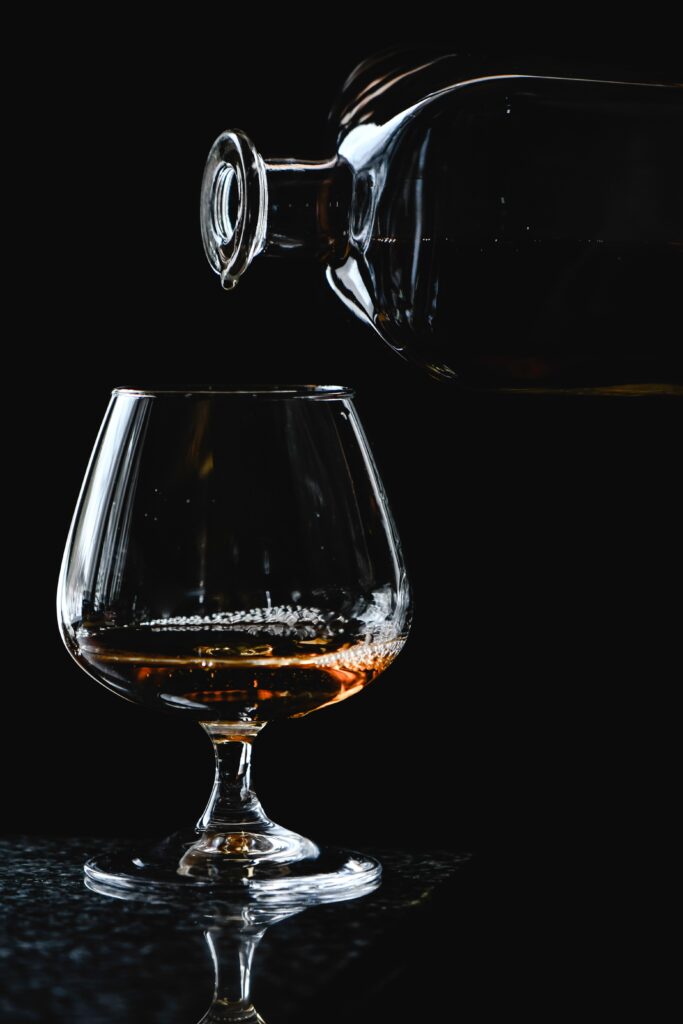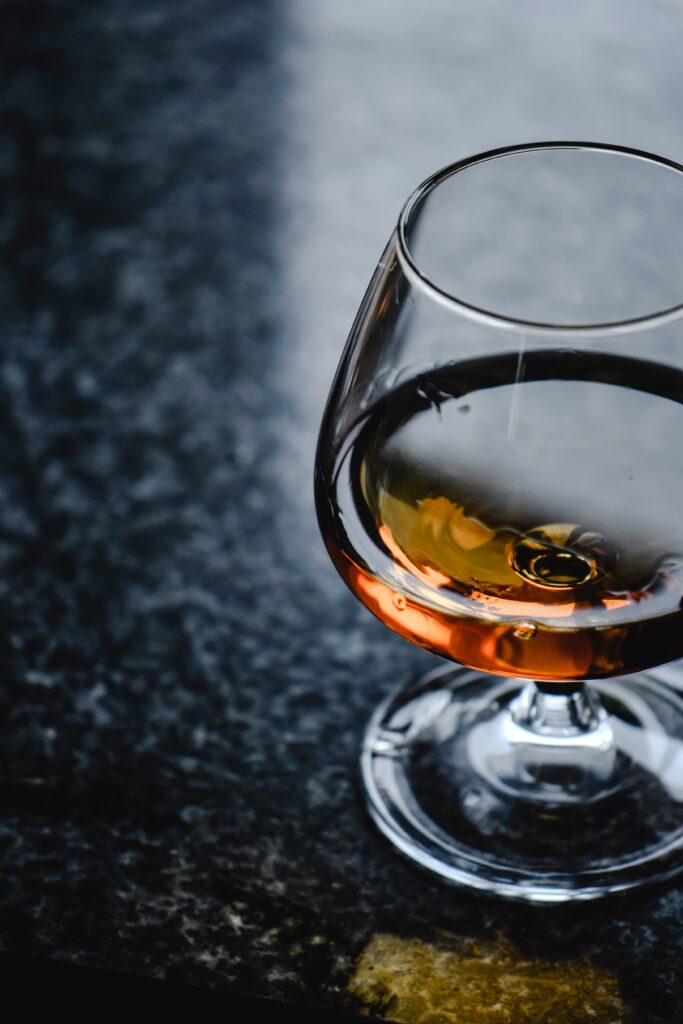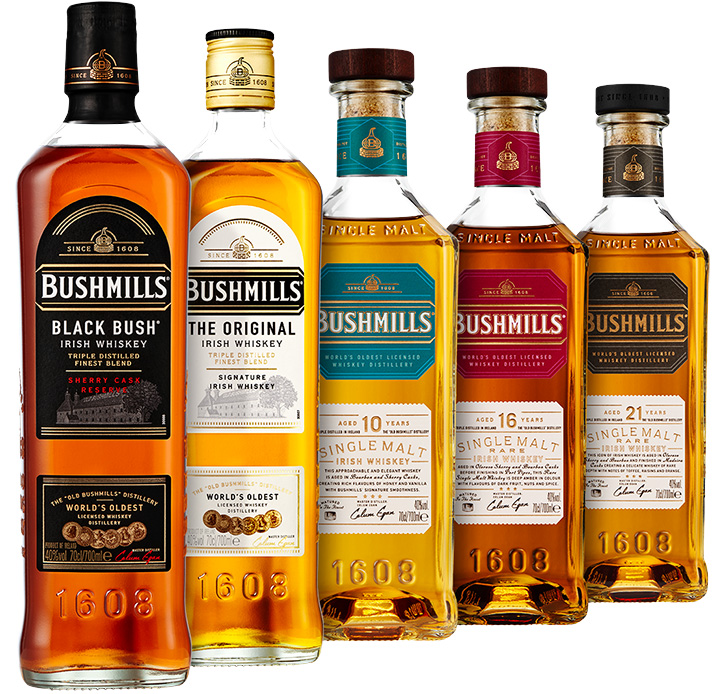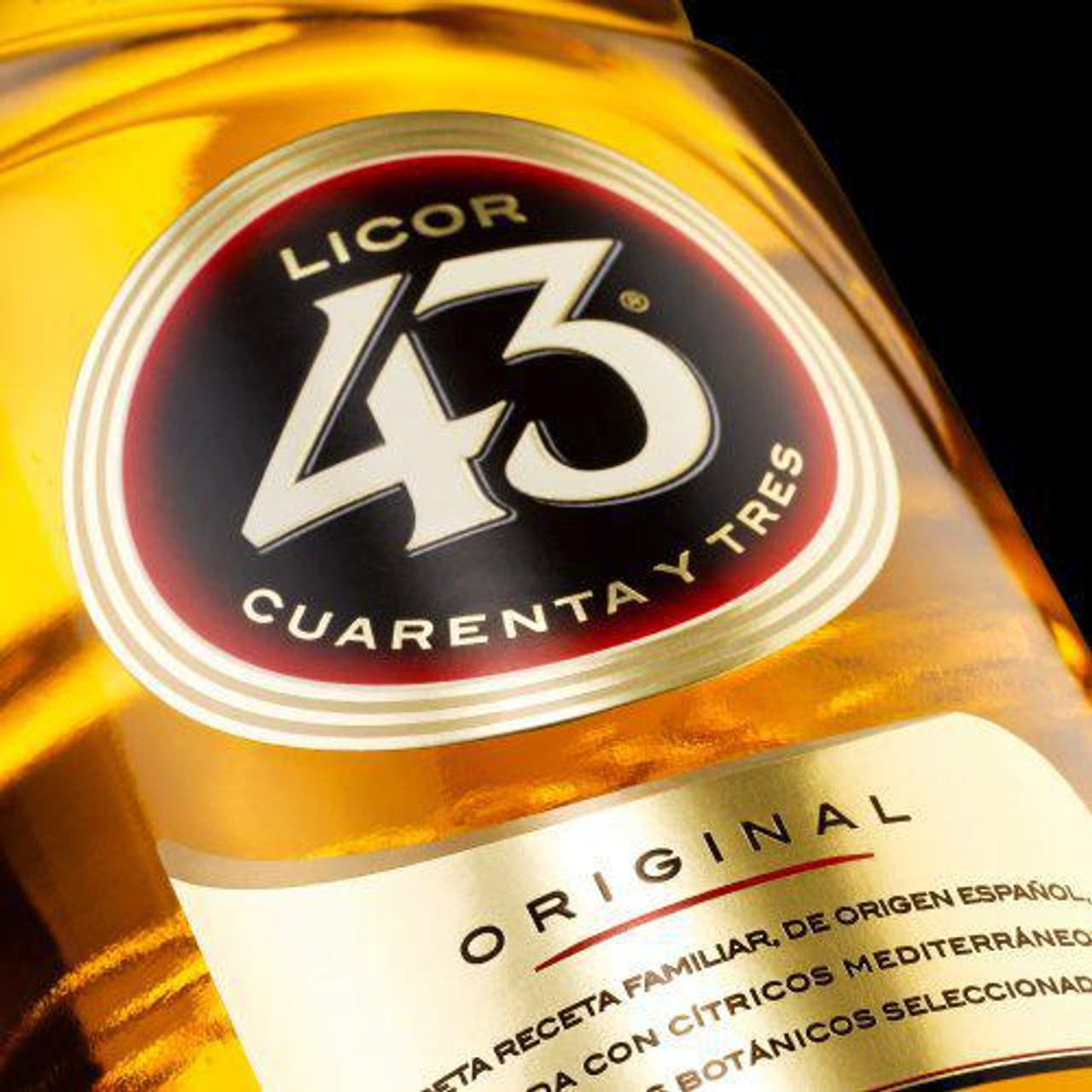Cognac: learn all about this liquor
Cognac, a drink created by distilling wine to make it long-lasting. What else do you know about cognac? Do you, for example, know that the ageing of the cognac is indicated with letters? Today, we’ll tell you all about cognac!
Origin of cognac
Cognac, an ancient drink. In fact, it was first distilled as early as the 16th century. The creation of cognac (read more at Wikipedia) all started with the great demand of French wine by the Dutch. The travel by sea took a lot of time, causing the Dutch to fear that the wine would go bad. During the sailing, they decided to distill the wine, hoping it would last longer. After some trial and error, however, they realized that distilling twice produced a much more refined and pleasant result. A new drink, called ‘brandy’ was created.
Quite soon, in the 17th century, consumers discovered that the brandy from the cognac region was of higher quality than the brandy from other regions. Thereby, people were also willing to pay more for this higher quality. At the end of the 18th century, Martell and Hennessy, two of the most popular cognac brands nowadays, were leading in the cognac trade. By this time, cognac houses were already buying brandy from grape growers and farmers, rather than making everything from scratch themselves. This is still the case in the production of cognac these days.


Difference between cognac and brandy
Cognac and Brandy are often confused with each other. Despite being very similar, there are some particular differences.
Brandy
Brandy is an alcoholic beverage created by distilling malt wine. In terms of alcohol content, it does not differ from cognac as both have 40% ABV. All white distilled wine that does not originate from Charente and Charente Maritime is called brandy.
Cognac
Cognac comes exclusively from the French departments of Charente and Charente Maritime. Nine different grape varieties may be used for cognac: Ugni Blanc, Colombard, Folle Blanche, Jurançon Blanc, Meslier Saint-François, Montils, Select, Follignan and Sémillon. It always involves two distillations. Only after the ‘eau de vie’ has matured in barrels for two and a half years, it may be called cognac.
How is cognac made?
To make cognac, there are several steps that must be followed. The double distillation, for example. The exact steps of making cognac are explained below.
First distillation
– Once the wine has fermented, it is poured into pot stills in stone ovens. The ovens are heated until the alcohol evaporates and separates from the rest of the liquid.
– The vapors are collected in the hood and gooseneck of the still. They then flow into the winding condenser coil. The condensed liquid, called “broullis,” is reduced by one-third of the original amount and now consists of about 30% alcohol.
Second distillation
– The broullis is heated a second time in a process known as “bonne chauffe.” This is a demanding process as the distiller must decide at what point to isolate the so-called “heart” of the liquid.
– The remaining liquid is the clear “eau de vie”. It has been reduced by another third and now contains 70% alcohol. It takes 9 liters of wine to make one liter of cognac, making the cognac production an expensive project.
Draining the distilled brandy
– The eau de vie is pipetted into oak barrels. Generally, the brandy is first stored in newer barrels for a period between one and two years. The length of time depends on the desired tannin content.
Maturing and blending the cognac
– The brandy is gradually moved to older barrels depending on the desired final product.
– Cognacs from different vintages and from different crus are then blended. This blending takes place over a period of at least one year, with samples taken annually.
Bottling
– The cognac is bottled after a certain period of time. Before bottling, cognac is diluted with water until it has an alcohol content of 40%. Each bottle is checked by hand.

Different types of cognac
In cognac, letters are used to indicate the age of the cognac. There are several cognac types, which are explained below:
– VS: Very Special. A VS Cognac must be aged for a minimum of two years. This means that the youngest eau-de-vie used to make the blend has aged for a minimum of two years in oak barrels. Young cognacs tend to have fresher, more vibrant, fruity aromas.
– VSOP: Very Superior Old Pale. To classify as a VSOP Cognac , the youngest eau-de-vie in the blend must be at least four years old. VSOPs are softer in flavor, with distinct notes of oak and spice.
– XO: Extra Old. Although the youngest blend in an XO Cognac can be as young as ten years, an XO usually has an average age of between 15 and 20 years, sometimes older.
– XXO: Extra Extra Old. This is a relatively new category that was officially added to the description of cognac ages in 2018. The minimum aging period To be classified as an XXO is 14 years.
Some unofficial classifications for cognac are:
– Napoleon. A VSOP cognac can be called a Napoleon if it has been aged for more than six years.
– Hors d’Age. Hors d’Age means “beyond age” and is the age category that describes the highest quality Cognac. Officially it is classified in the XO age range, but it is used for cognacs with an average age of 30 years and older.
– Rėserve Cognac. Officially, as with an XO, the youngest eau-de-vie must be aged for at least 10 years. However, the average age is much higher for what is deemed a good Réserve Cognac, like Meukow 1862.
Armagnac or brandy, you can find it all at our cognac wholesale
Now that you know the difference between cognac and brandy, we’d like to tell you a little more about our assortment. Are you looking for a cognac supplier that can help you stock your alcohol store? In our Sales Portal, where you can see our current stock 24/7, you can filter on all the cognacs we have. Here, we have made subdivisions as follows: cognac, armagnac, calvados and brandy.
We do not only sell the most famous and popular brands, such as Hennessy, Remy Martin or Martell, but we also choose to be a distributor of a number of import brands. With our continuous stock of more than 2,000 drinks, you will always be surprised by the extensive choice you have.



